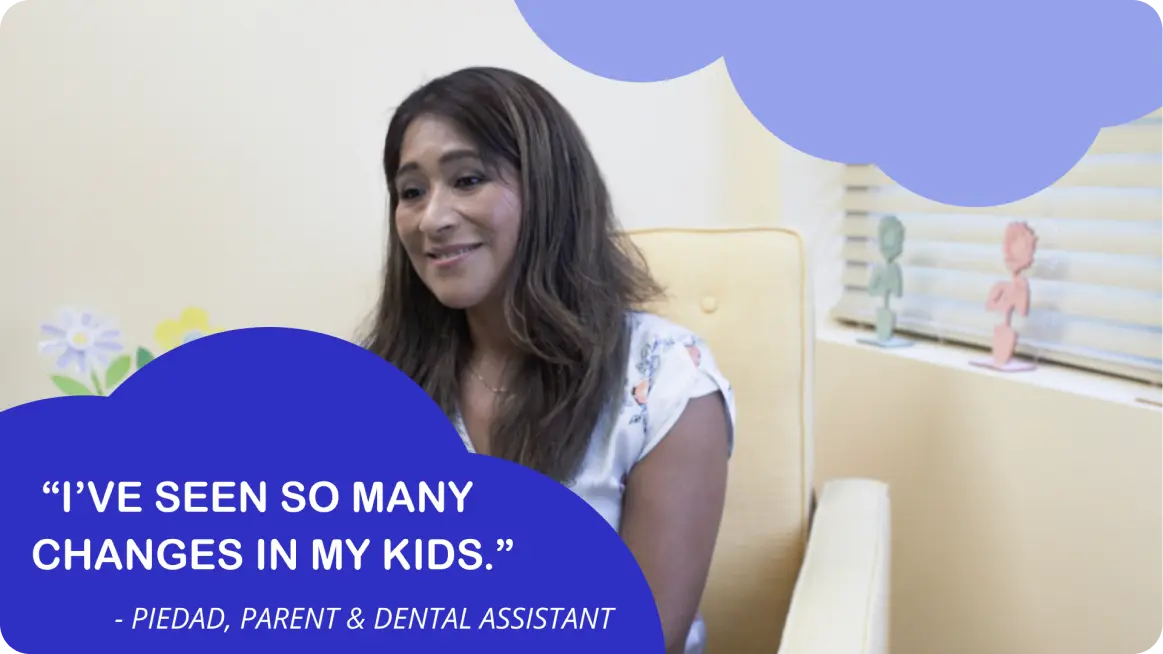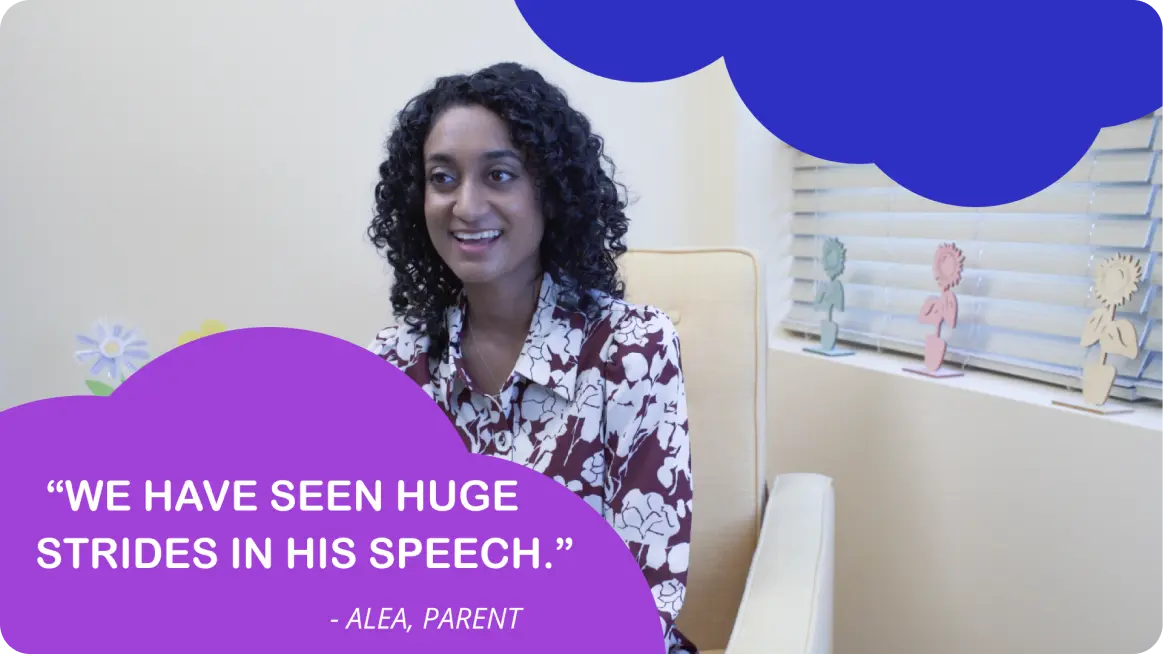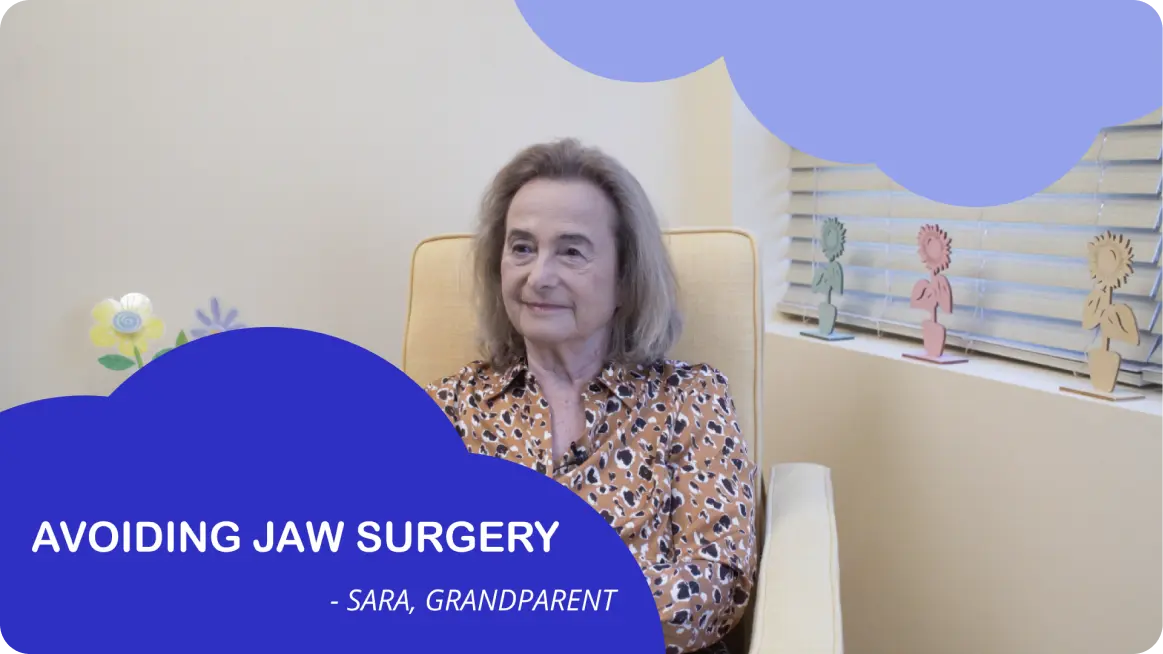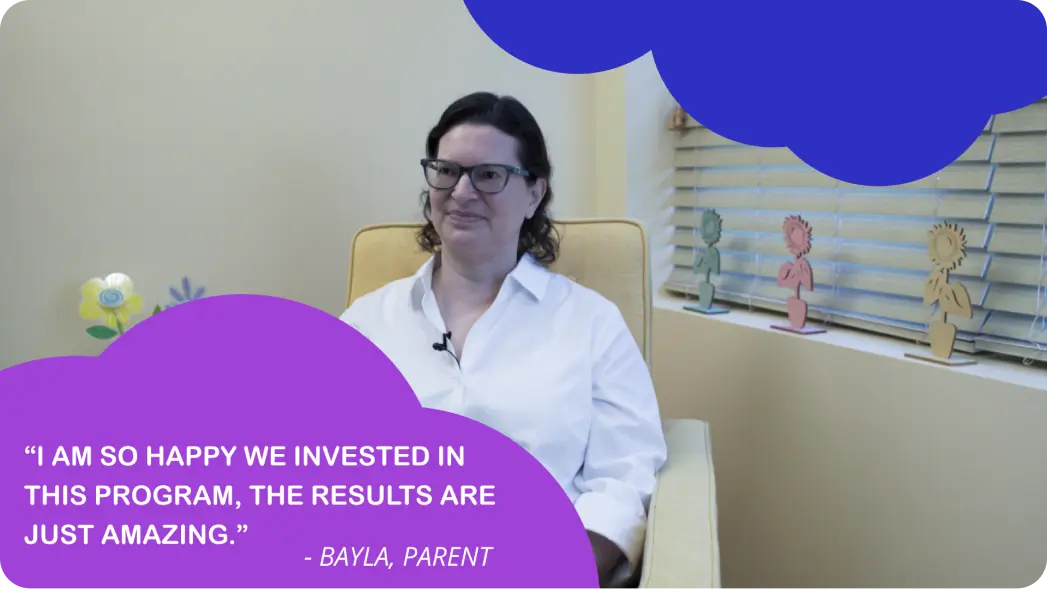Clean the area around the affected tooth.







Pulp therapy is vital for maintaining the function of a tooth after it has been significantly damaged by decay or injury. It involves treating the tooth’s pulp (nerve chamber) to prevent its loss, using techniques like pulpotomies or pulpectomies. These treatments help preserve the tooth and ensure its health and functionality.

Sealants are protective coatings applied to the back teeth’s chewing surfaces. They act as barriers against food, plaque and acid, significantly reducing the risk of cavities in these vulnerable areas.

Dental radiographs are a critical part of pediatric dental care. They help in detecting conditions beyond cavities, like bone diseases or injuries. Regular X-rays, as recommended by the American Academy of Pediatric Dentistry, are essential for comprehensive dental care. Modern safeguards ensure minimal radiation exposure, making them a safe and crucial diagnostic tool.

Proper tooth brushing with ADA-approved toothpaste is essential for children’s dental health. Supervised brushing and the correct amount of toothpaste ensure effective cleaning. Transitioning from bottles to cups, avoiding prolonged use of sippy cups and pacifiers, and proper tongue posture are also important for a child’s dental and facial development.






















In case of dental emergencies like toothaches, injuries to the mouth, or knocked-out teeth, prompt and appropriate action is crucial.
Clean the area around the affected tooth.
Rinse the mouth with warm water or use floss to remove trapped food.
If pain persists, contact your child's dentist immediately.
Avoid using aspirin or heat on the affected area.
For swelling, apply cold compresses and seek immediate dental care.
Locate the tooth and handle it by the crown, not the root.
Rinse it with water (no soap or scrubbing).
Try to reinsert the tooth; if unable, keep it in saliva or milk.
See a dentist immediately as timing is crucial.
Apply ice to reduce swelling.
Use gentle pressure with gauze to control bleeding.
If bleeding doesn't stop, seek medical attention urgently.
Contact a pediatric dentist right away.
Rinse the mouth and use cold compresses to reduce swelling.
Save any tooth fragments for the dentist.
Avoid moving the jaw if a fracture is suspected.
Proceed immediately to the nearest hospital emergency room.
Inform your pediatric dentist during regular hours.
Typically, this situation is not an emergency and may not require immediate treatment.
Reach out to your pediatric dentist for advice.

